So it’s a new year – with two new reviews published over January!
Renowned publisher, writer and ‘real-time’ reviewer DF Lewis has now turned his attention to Bitter Distillations: An Anthology of Poisonous Tales. Limited editions usually receive few reviews so Des’ work is especially appreciated. He writes in his real-time review of my tale The Poison Girls: “This story will surely haunt me forever, and there is so much in it for me to tell you that, in the end, you can only tell yourself.”
Des’ selection of quotes from the story points to the circumstances that surrounded its writing: I completed The Poison Girls during the first lockdown last spring and summer. Though the poison in question did not concern viruses and pandemics those considerations certainly leached into the prose. After visiting her local poison garden my character Marla painstakingly washes her hands. She notices that the gardener wears a face mask (seen on the Alnwick Castle Poison Garden website). I wouldn’t have written details about careful hand-washing at any other time. A story might be historical – and even the 2019 sections feel very ‘period’ now – but current events draw different aspects of a historical setting to a writer’s attention.
Other stories in the book are:
A NIGHT AT THE MINISTRY by Damian Murphy
THE BLISSFUL TINCTURES by Jonathan Wood
THE TARTEST OF FLAVOURS by Rose Biggin
THE DEVIL’S SNARE by Timothy J. Jarvis
THE INVISIBLE WORM by Ron Weighell
CHATTERTON, EUSTON, 2018 by Nina Antonia
OUT AT THE SHILLINGATE ISLES by Lisa L. Hannett
THE OTHER PRAGUE by George Berguño
THE JEWELED NECROPOLIS by Sheryl Humphrey
NOT TO BE TAKEN by Kathleen Jennings
THE GARDEN OF DR MONTORIO by Louis Marvick
OF MANDRAKE AND HENBANE by Stephen J. Clark
BEYOND SEEING by Joseph Dawson
I IN THE EYE by Yarrow Paisley
CANNED HEAT by Jason E. Rolfe
WORDS by Alison Littlewood
AN EMBRACE OF POISONOUS INTENT by Carina Bissett
Then a review of Helen’s Story popped up in the Deep Cuts in a Lovecraftian Vein blog! This novella, if you recall, was published in 2013 and received a Shirley Jackson Award nomination in 2014. But that was a longish time ago. It’s always a wonderful surprise when I discover a review years after a book’s publication. It’s good to know that people are still reading and indeed, discussing something I’ve written. Bobby Dee, who coordinates the blog, invites readers to find out “why this is part of the essential reading experience of the Cthulhu Mythos”.
I loved the way the Deep Cuts review explores both the tension and inspirational relationship my novella has with its source material, Arthur Machen’s The Great God Pan. “The final sentiment, the last revelation, the apotheosis or ipsissimus that Helen experiences…is utterly apt. It is both an homage to ending in “The Great God Pan” and a negation of it; because it is not an ending at all but a beginning.”
Each Saturday Deep Cuts will feature a specific work that is important to Mythos literature and lore. You’ll find a schedule here. Their definitions are broad and subtle – it’s not all tentacles and ichor in the Mythos. I am honoured that Helen was included, along with these comments in the review:
“It’s the kind of approach that the Cthulhu Mythos is built on. Stories written not just as sequels, but as commentary and expansion, to correct old ideas and add new ones… Rabinowitz knocks it out of the park in how she interweaves flashbacks that reflect on the narrative of events in “The Great God Pan” (and another Machen story, “The White People”) with the continuing narrative of what Helen Vaughan is doing in the present day.”
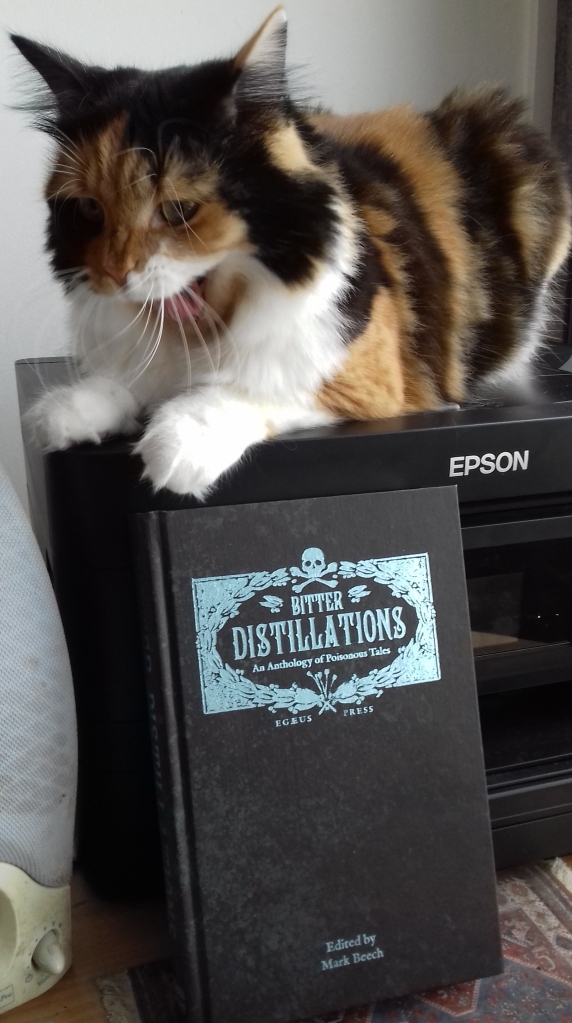


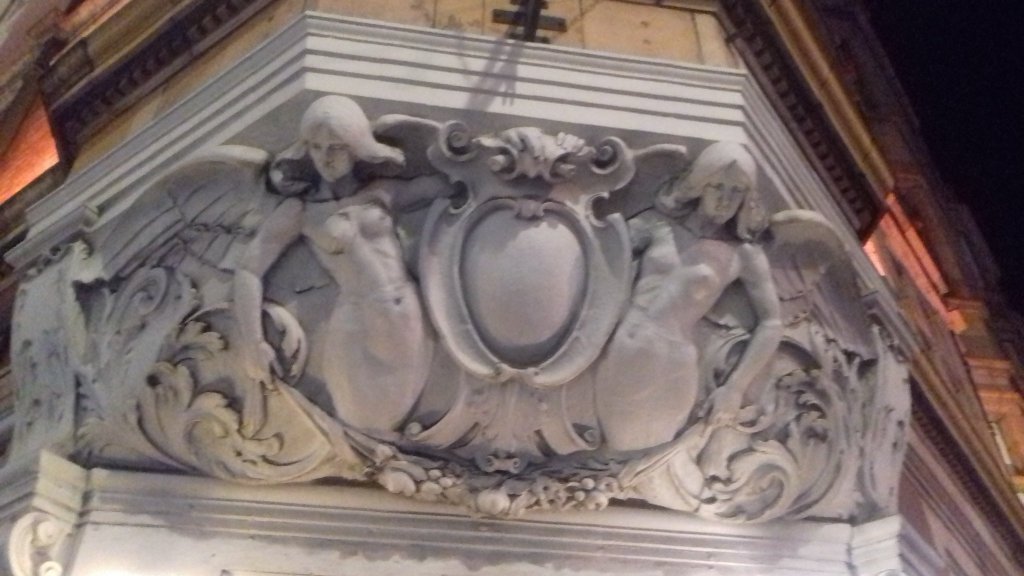
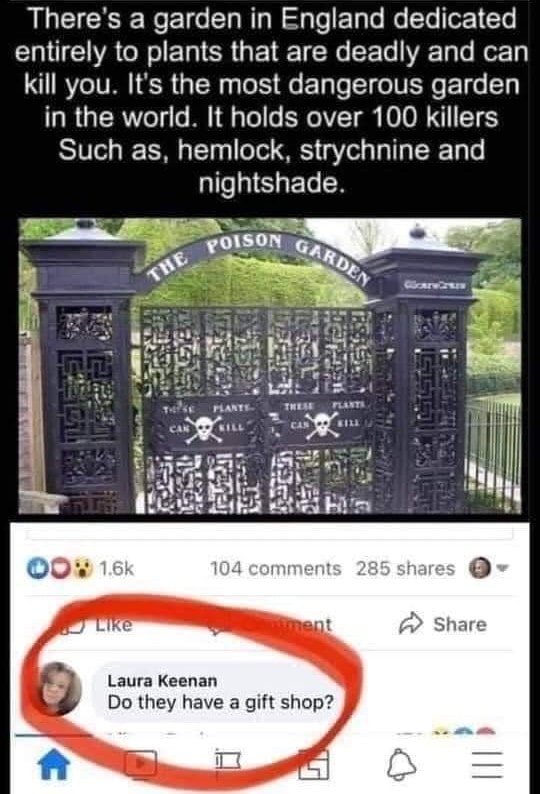
 I am back with a long-overdue blog post, which begins with an exciting announcement: a lost classic of London-based strange fiction that has figured prominently in previous posts has now been reprinted by the fabulous Swan River Press!
I am back with a long-overdue blog post, which begins with an exciting announcement: a lost classic of London-based strange fiction that has figured prominently in previous posts has now been reprinted by the fabulous Swan River Press!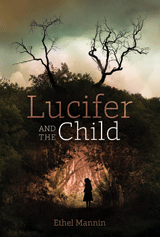 This is the first intro that I’ve done and I found it a very enlightening experience. The form is very different to a review and it also differs from a critical essay. It was a challenge to avoid spoilers yet provide more depth than you would in a review. My introduction also appears on the Swan River website so you can read it
This is the first intro that I’ve done and I found it a very enlightening experience. The form is very different to a review and it also differs from a critical essay. It was a challenge to avoid spoilers yet provide more depth than you would in a review. My introduction also appears on the Swan River website so you can read it 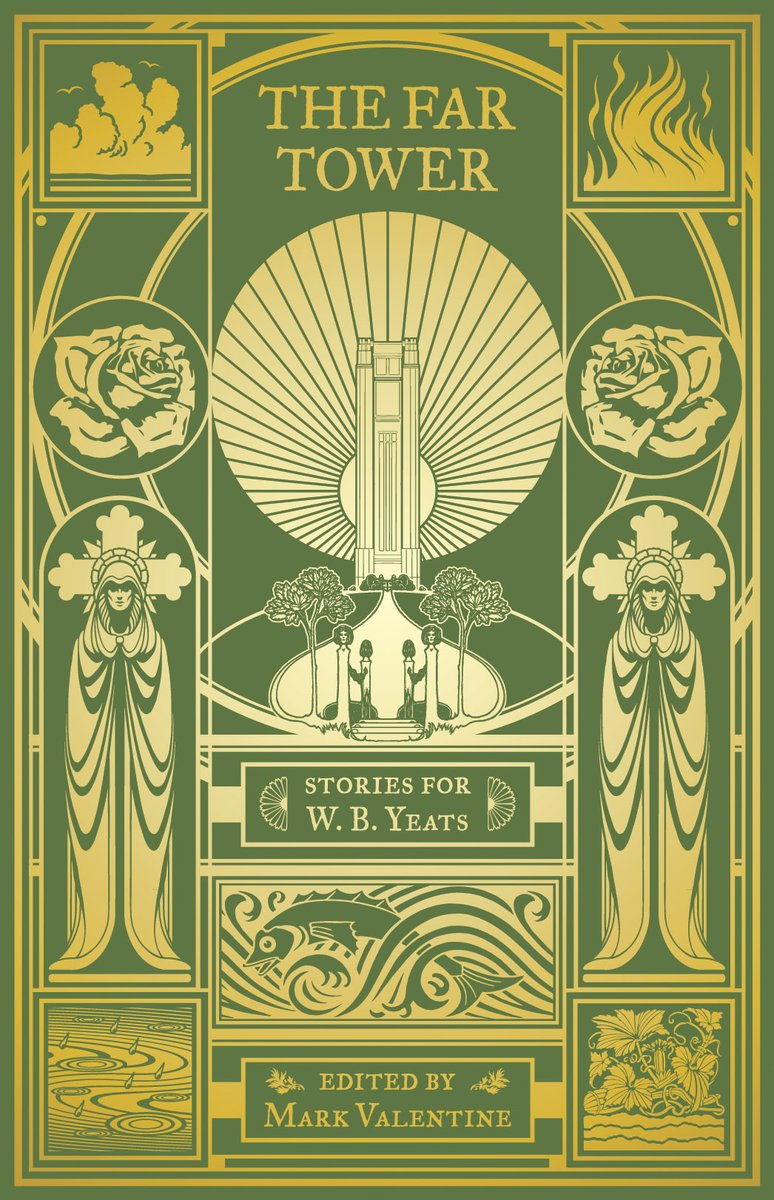 I’ve been very excited to see that The Far Tower: Stories for WB Yeats from Swan River Press is out in time for the festive season. I received my contributor copies the Friday before Christmas. And what a sight! I’ve never seen a book cover with gold foil
I’ve been very excited to see that The Far Tower: Stories for WB Yeats from Swan River Press is out in time for the festive season. I received my contributor copies the Friday before Christmas. And what a sight! I’ve never seen a book cover with gold foil

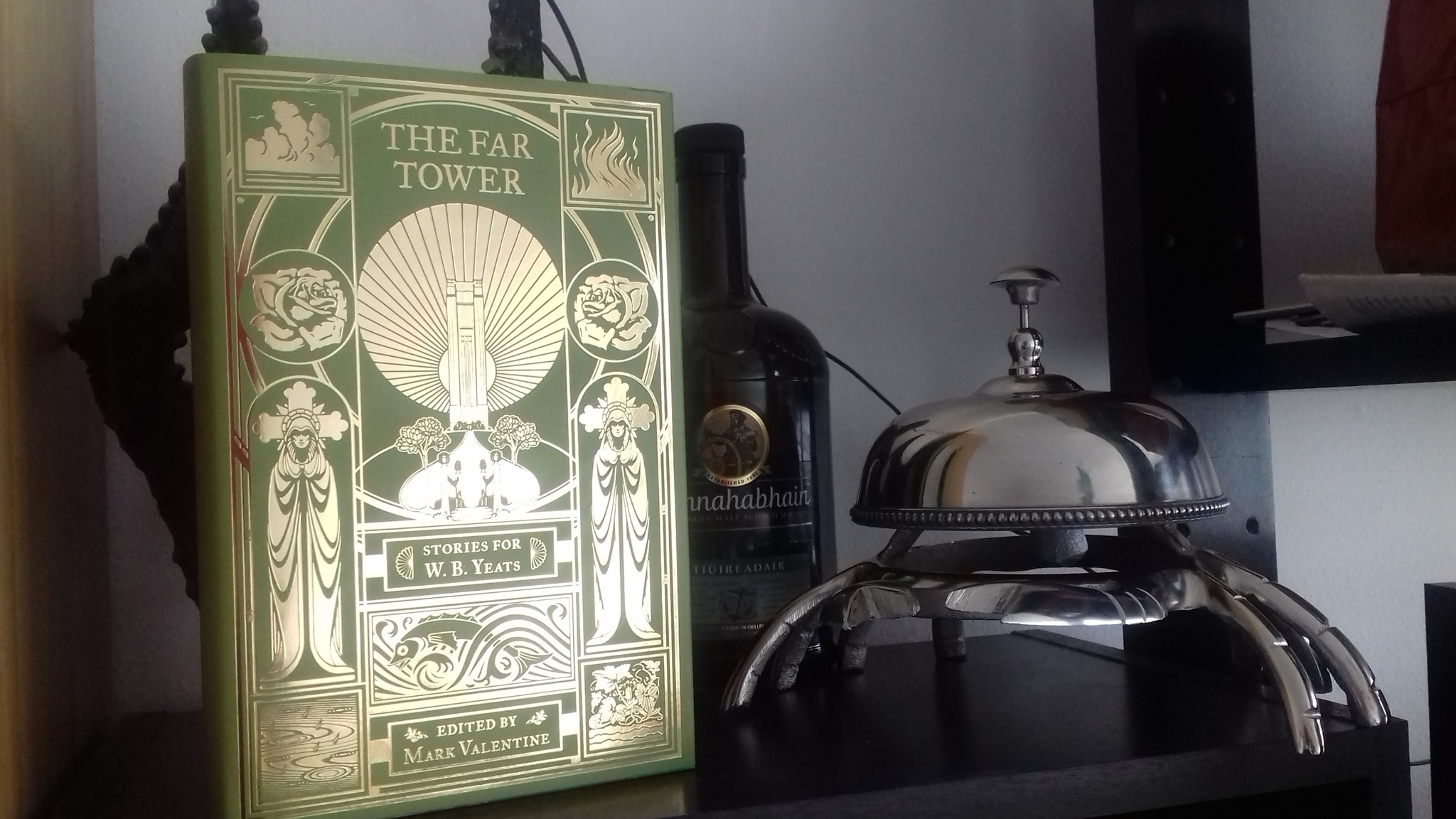
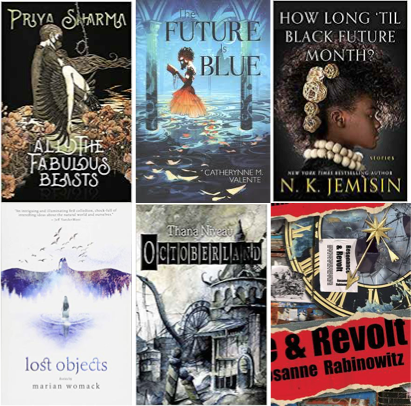 Some brilliant news – Resonance & Revolt has been shortlisted for Best Collection in the
Some brilliant news – Resonance & Revolt has been shortlisted for Best Collection in the I’m also very pleased to see that Eibonvale Press has done well – David Rix has been nominated for Best Artist and Humangerie (edited by Allen Ashley and Sarah Doyle) shortlisted for Best Anthology.
I’m also very pleased to see that Eibonvale Press has done well – David Rix has been nominated for Best Artist and Humangerie (edited by Allen Ashley and Sarah Doyle) shortlisted for Best Anthology.
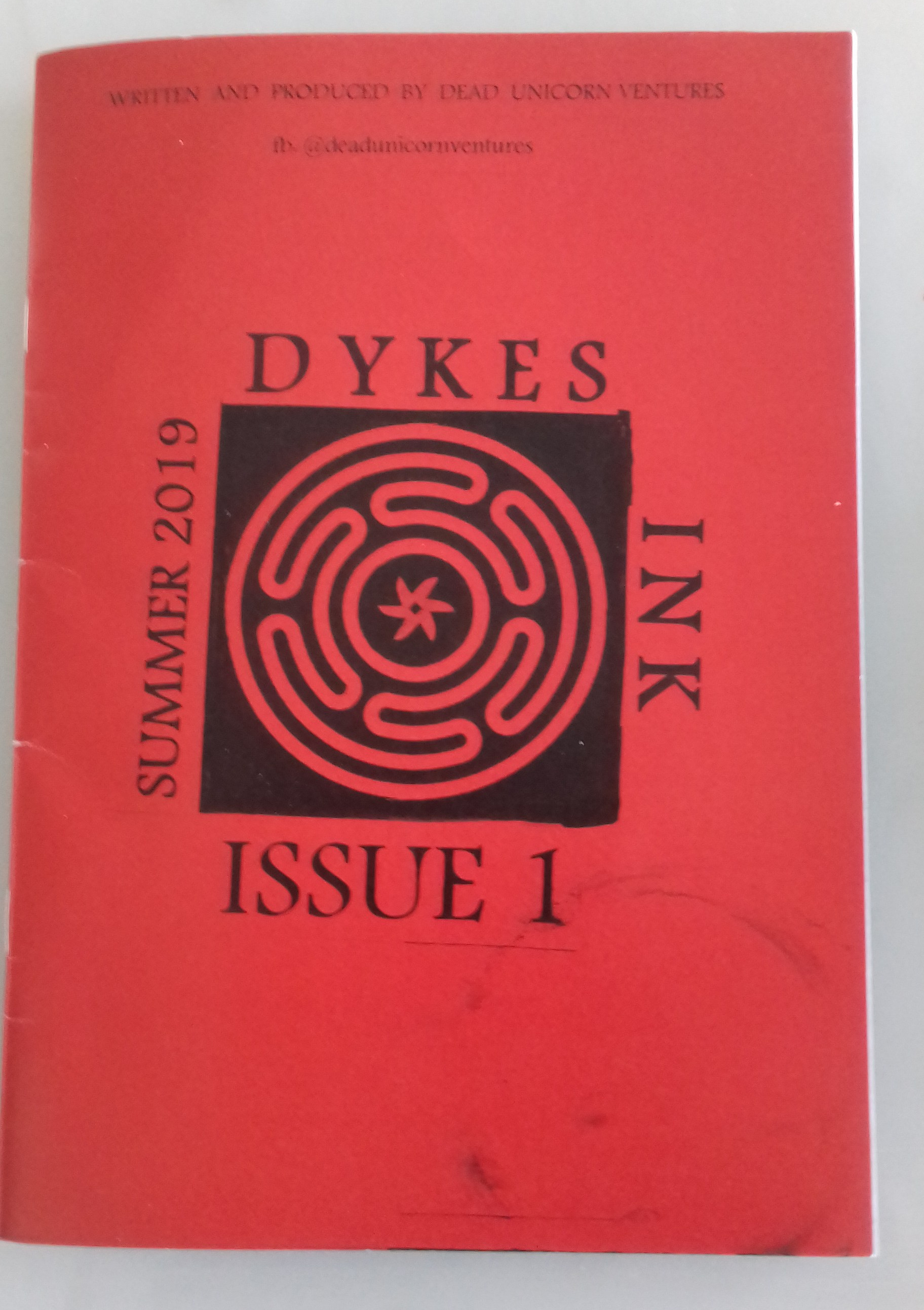 In other news, I’ve contributed a two-part piece to zine extraordinaire Dykes Ink. This is produced by
In other news, I’ve contributed a two-part piece to zine extraordinaire Dykes Ink. This is produced by 
 I’m pleased to announce that my story “Geode” will be appearing in a new anthology called Pareidolia, edited by
I’m pleased to announce that my story “Geode” will be appearing in a new anthology called Pareidolia, edited by  I’m pleased to announce that The Golden Hour, originally published in
I’m pleased to announce that The Golden Hour, originally published in 
 It’s one of those frustrating non-events of the writerly life when you come home from work on a Thursday evening and find a card from the postie informing you that a package was ‘too large for your letterbox’ and you just know it’s your contributor copies for a long-anticipated anthology. Then the form on the Royal Mail website won’t let you book a redelivery until Monday
It’s one of those frustrating non-events of the writerly life when you come home from work on a Thursday evening and find a card from the postie informing you that a package was ‘too large for your letterbox’ and you just know it’s your contributor copies for a long-anticipated anthology. Then the form on the Royal Mail website won’t let you book a redelivery until Monday The title of my story refers to the hour before sunset or after sunrise when light is indeed golden and transforms appearances – and perhaps much more. It seems to capture and hold moments, infuse them with layers of meaning that are otherwise lost. It’s the sense of timelessness during the golden hour that inspired my story.
The title of my story refers to the hour before sunset or after sunrise when light is indeed golden and transforms appearances – and perhaps much more. It seems to capture and hold moments, infuse them with layers of meaning that are otherwise lost. It’s the sense of timelessness during the golden hour that inspired my story.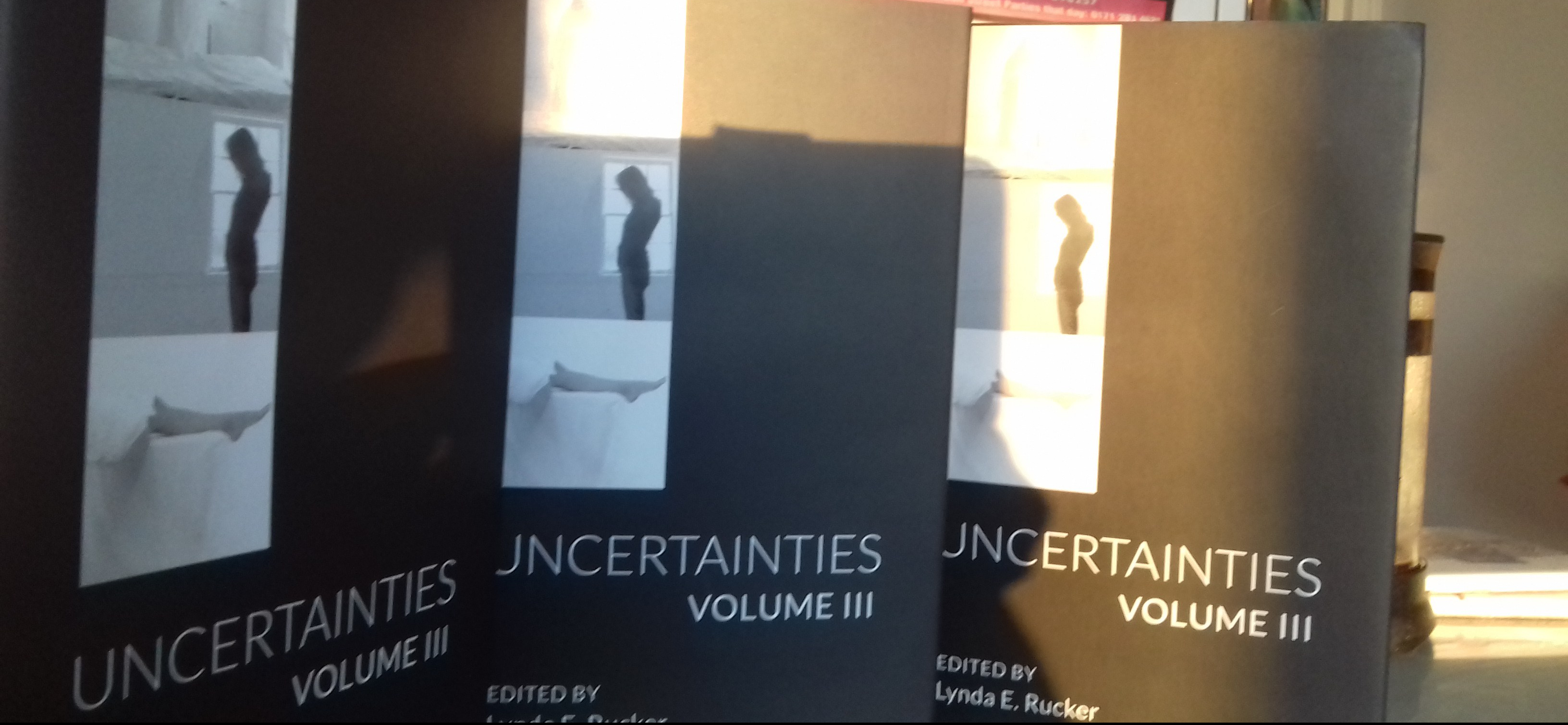
 I’m excited to announce the publication of
I’m excited to announce the publication of 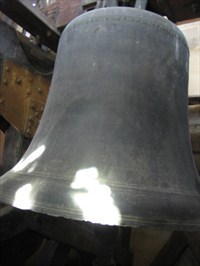
 Here’s a very nice review of The Scarlet Soul in
Here’s a very nice review of The Scarlet Soul in 

 Murder Ballads is now available for preorder from
Murder Ballads is now available for preorder from  The final ingredient for this story was suggested by notes I made over a year ago. I was walking down the road near a friend’s house in North London. I was so lost in thought that I walked right into the overhanging branches of a tree full of incredible yellow flowers as big as my face. What the flowering fuck indeed… I’d never seen anything like it. And the scent was intense and entrancing. Honey-sweet, but lemony too with a touch of spice. It was a complex scent I needed to keep sniffing at… addictive and enthralling.
The final ingredient for this story was suggested by notes I made over a year ago. I was walking down the road near a friend’s house in North London. I was so lost in thought that I walked right into the overhanging branches of a tree full of incredible yellow flowers as big as my face. What the flowering fuck indeed… I’d never seen anything like it. And the scent was intense and entrancing. Honey-sweet, but lemony too with a touch of spice. It was a complex scent I needed to keep sniffing at… addictive and enthralling.